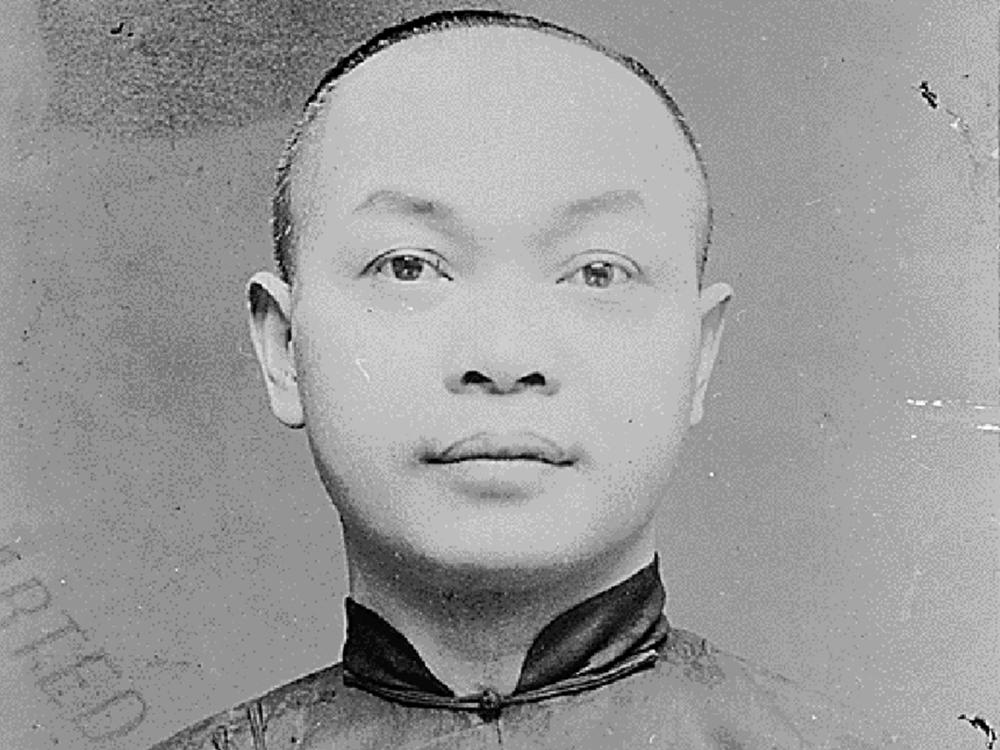Section Branding
Header Content
4 U.S. Supreme Court Cases Where Asian Americans Fought For Civil Rights
Primary Content
Court decisions can change the course of history. And while the "model minority" myth often characterizes Asians living in the U.S. as hard-working, successful and cooperative citizens, historically, many have had to fight unjust laws to be recognized as full-fledged Americans. From questions of land ownership to immigration, here are four cases where Asian Americans fought injustice in the courts.
Chy Lung v. Freeman
A California law passed in 1875 authorized state immigration officials to inspect people coming to the state and screen out those deemed "lewd and debauched." These individuals would be denied entry to the U.S. unless the captain of the ship transporting them paid a bond for them.
Chy Lung was one of 22 women detained aboard a ship from China in 1875. The women were denied entry because they had traveled to the country without their husbands or children.
Chy Lung challenged the constitutionality of the law, and the Supreme Court ruled in her favor, saying that the power to set immigration laws rested with the federal government.
United States v. Wong Kim Ark
In 1882, Congress passed the Chinese Exclusion Act, which prohibited Chinese laborers from immigrating to the U.S. for ten years. It was extended for another 10 years by the Geary Act, and became permanent in 1902. It wasn't repealed until 1943.
Wong Kim Ark was born in 1873 in the U.S. to Chinese parents who were legally domiciled residents in San Francisco. At 21, he visited China and was denied entry to the U.S. upon his return due to the Chinese Exclusion Act. In his 1897 Supreme Court Case, Wong argued he was a U.S. citizen under the Fourteenth Amendment, which declared "all persons born or naturalized in the United States, and subject to the jurisdiction thereof, are citizens of the United States and of the State wherein they reside."
The court decided in Wong's favor, defining the parameters for jus soli, ensuring the citizenship of children born in the U.S. to non-citizen parents. The concept is popularly known as birthright citizenship.
Ozawa v. United States
The Naturalization Act of 1790 set up the first set of rules for U.S. citizenship. The law limited citizenship to "any Alien being a free white person" who had lived "within the limits and under the jurisdiction of the United States for the term of two years" and could prove they were a "person of good character."
Takao Ozawa was a Japanese immigrant who challenged the definition of a "free white person" after applying for citizenship in Hawaii in 1914. He was denied on the grounds that he was ineligible because he was Japanese.
The Supreme Court ruled against Ozawa in 1922. Justice George Sutherland delivered the opinion. He argued against defining who was white by just the "mere color of skin," as skin tone varied too greatly even "among persons of the same race." Thus, Sutherland wrote that "to adopt the color test alone would result in a confused overlapping of races and a gradual merging of one into the other, without any practical line of separation." He argued that people considered "white" should be "confined to persons of the Caucasian Race."
United States v. Bhagat Singh Thind
In 1923, Justice Sutherland contradicted his own opinion in Ozawa v. United States in the case against Bhahat Singh Thind.
Thind, a Sikh immigrant from India, applied for and was granted citizenship in the state of Oregon. However, a naturalization examiner appealed an Oregon District Court decision in favor of Thind's application on the grounds that he was not white.
In his Supreme Court Case, Thind argued that he was of "high-caste Hindu stock, born in Punjab, one of the extreme northwestern districts of India, and classified by certain scientific authorities as of the Caucasian or Aryan race."
The court ruled against Thind, with Sutherland writing that the phrase "free white persons" should only be considered "synonymous with the word 'Caucasian' only as that word is popularly understood." The Court essentially ruled that in addition to being of Caucasian decent, individuals must have white skin tone to gain citizenship.
It wasn't until the Immigration Act of 1952 that naturalization became a color-blind process, and Asian immigrants could become U.S. citizens.
Copyright 2021 NPR. To see more, visit https://www.npr.org.

